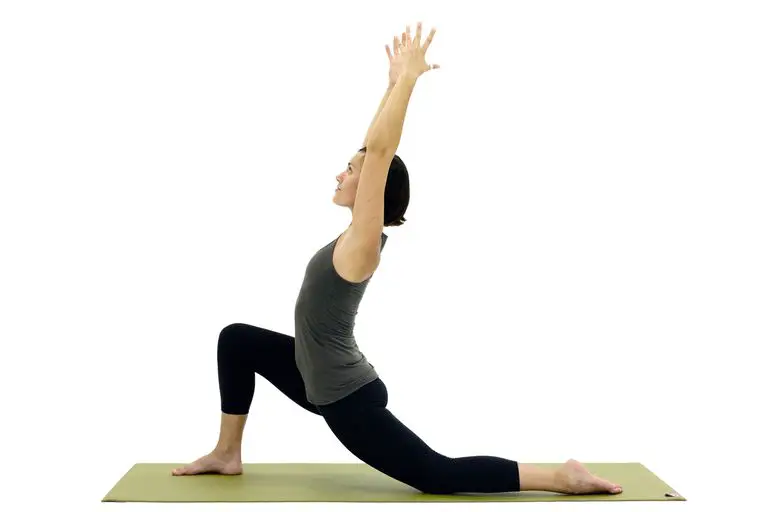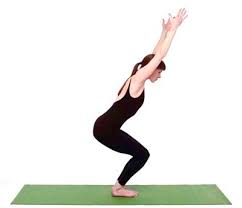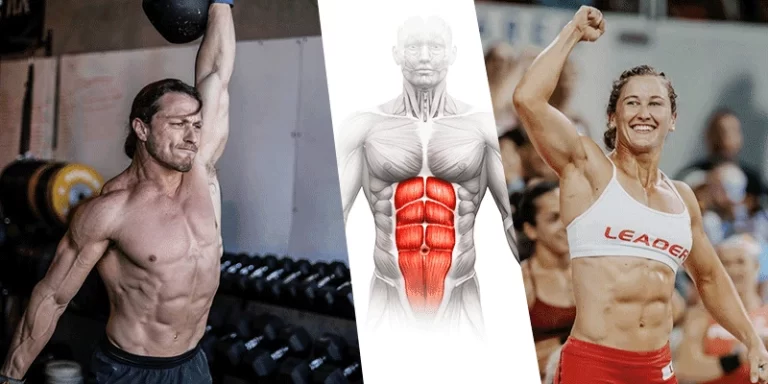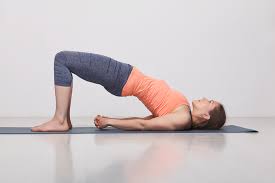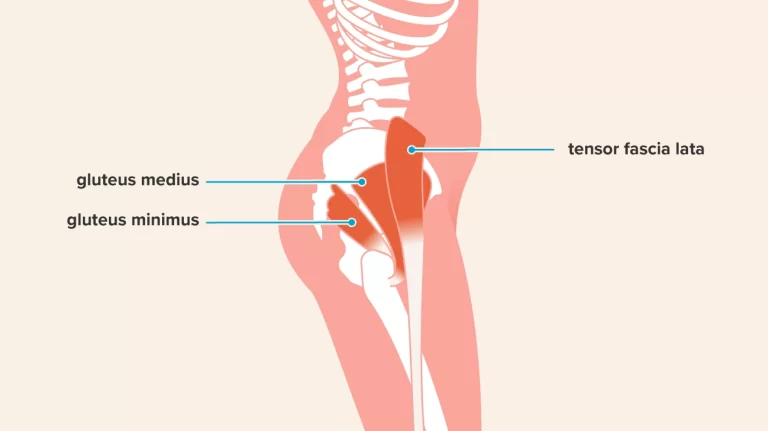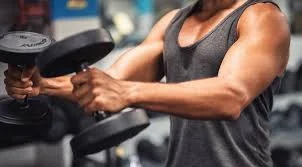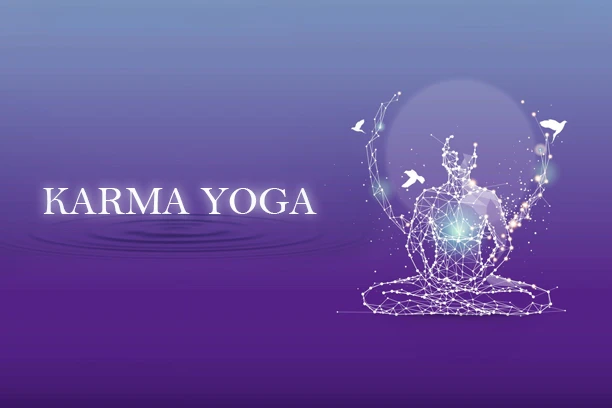Anjaneyasana
Anjaneyasana
Anjaneyāsana is an asana. The name Anjaneya is a matronymic for Hanuman whose mother’s name is Anjani. Hanuman is a central figure in the epic Rāmāyaṇa and an important Iṣṭa-devatā in devotional worship. The name crescent pose is typically used in English. The name half-moon pose or crescent moon pose is sometimes used for this asana in Sivananda yoga and its derivative styles.
Description
Version 1:
- Starting from a lunge, bring down the back knee.
- Raise the arms forwards and up.
Version 2:
The same as version 1, but with the back knee elevated and extended with back foot in dorsiflexion (toes tucked, heel lifted).
Drishti :
The Hastagrahe dṛṣṭi at the palm of the hands is the correct dṛṣṭi (visual focus) for Anjaneyasana in Ashtanga Vinyasa Yoga.
Anjaneyasana video
Bandhas :
Use of bandhas increase the stability of the body in this asana. Both mula bandha (root lock) and uddiyana bandha (abdominal lock) may be engaged. This combination creates an axial extension in the spine which assists in supporting in the torso as the chest is brought up and back. A “sternal crunch” can be substituted for the bandhas here, also creating axial extension and helping draw the psoas major into a deeper stretch.
Variations
Variation with arms down
Arm position may be on the ground as in Surya Namaskar. Arms may be crossed in front, or bound behind the back. A twist variation is called parivṛtta anjaneyasana.
Health Benefits of Anjaneyasana:
Stretches the hip flexors namely the iliopsoas, rectus femoris and sartorius.
Releases tension in the rear of the hips (glutes, piriformis) which may relieve sciatica.
Balance.
Strengthens supporting muscles for the knees.
Builds mental focus.type :
Standing.
effect of the spine :
Backbend.
Anatomy :
-Muscles stretched iliopsoas, quadriceps (mainly rectus femoris), gluteus maximus .
-Muscles working Legs: gluteus medius, gluteus minimus adductor magnus, adductor longus, adductor brevis, gracilis, pectineus
Arms & Shoulders: (with arms abducted) deltoids, triceps, trapezius, rhomboid and latissimus dorsi.
-Joint actions hip flexion, opposite side hip extension, hip adduction, spinal extension, shoulder abduction .
Contraindication of Anjaneyasana
- Not to be practiced with high blood pressure: The deep stretch of the chest with the arms raised, may not suit anyone suffering from high blood pressure, as this stretch if done without breathing properly may bring uneasiness at the chest, and hence it is best to take guidance from a medical expert and a yoga expert while practicing Anjaneyasana (Crescent Low Lunge Pose).
- Injury around the knees and the hips: Any kind of injury related to the knee will add more pressure while at this posture and hence it is best avoided. The hip flexing plays a great role in this pose and hence injury to the hips too will not help in practice of Anjaneyasana (Crescent Low Lunge Pose).
- Injury to the hamstrings or quadriceps for athletes: Athletes who have injury at the hamstring or the quadriceps should completely avoid this posture, as too much pressure will add more harm to the muscles and may also affect the muscles around the buttocks.
- A weak body balance: One could use enough supports at the knee, or use the wall support or better still a chair while practicing this pose, if one is having low balance and control of the body.

